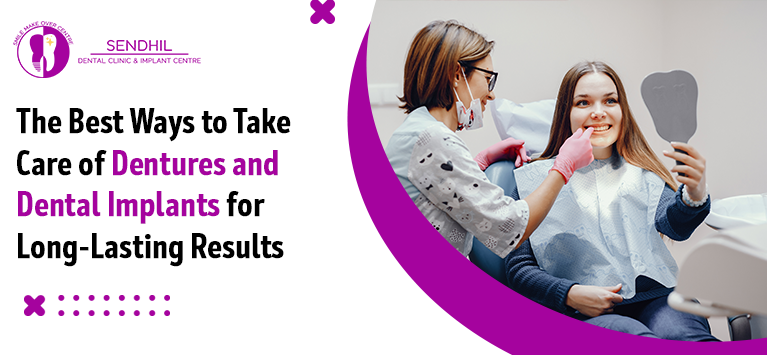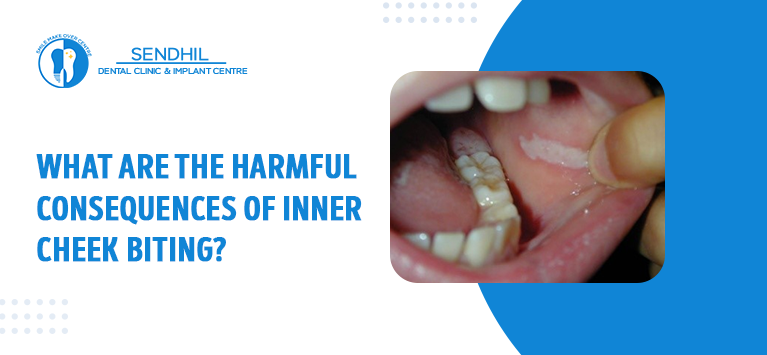Dry Socket – Causes, Symptoms, Prevention Tips
Dry Socket is one of the most painful dental conditions but can be easily cured. It arises following a tooth extraction, especially after extracting third molars or wisdom teeth. This begins with the exposure of bone and tooth nerves in the region where the tooth is pulled off.
In general, a blood clot is developed in the place of an extracted tooth and it persists until the wound heals. Such blood clots protect the bone and nerve endings in the socket following the tooth removal. They are also essential for the development of new bone and soft tissues in the area.
If the blood clot does not develop or dissolves before the wound heals, it will make the underlying regions visible and produce intense pain. This condition is termed as Dry Socket.
Table of Contents
Causes
The primary reason behind the dry socket is not clearly identified but Dentists obtain certain factors that inhibit the development of blood clots. The main things include:
- Infection in the tooth – If the extracted tooth had an infection earlier, it would be a reason for dry socket after the tooth is pulled off. Similarly, infections in the gum region around the tooth to be extracted also cause dry socket.
- Have a history of Dry Socket – If a person has already encountered dry socket, then he/she would have higher chances of dry socket infection after tooth extraction in future.
- Oral Contraceptives – The changes in hormone levels and a higher amount of estrogen produced due to deploying oral contraceptive appliances affect the normal healing process of our body. It also leads to dry socket.
- Poor aftercare dental instructions – Persons who maintain inefficient dental hygiene practices and do not follow the post care dental instructions of teeth extraction are highly prone to Alveolar Osteitis (Dry Socket).
- Tobacco consumption – Chemical present in Cigarettes and tobacco are powerful to inhibit the natural healing process in our mouth. They are effective the disturb and destroy the blood clots developed in the tooth extracted site.
Symptoms
The pain induced by dry socket generally arises after 2 -3 days prior to the tooth extraction. It is followed by the development of more to become more intense and begins to radiate in the ear. Other signals you will experience after tooth removal to indicate dry socket include:
- Pain in the ear, neck, eye and others on the same side of the extraction
- Bad breath
- Nasty taste in the mouth
- Pain lingers for many days after extracting a tooth
- The extraction site appears dry
Prevention Tips
Here are the following things you should do to prevent this dental complication:
It is better to reveal the medications you are taking for health ailments to your Dentist. This is because they may be responsible for intruding blood clots.
- Avoid smoking after the extraction process.
- Apply ice packs on cheeks over the extraction side
- Don’t rinse your mouth for 24 hours following the surgery.
- Avoid straws to consume drinks.
- Avoid spicy and crunchy foods.
- Drink more water but don’t consume hot and cold drinks. Similarly, you should avoid alcohol.
If you experience severe pain and it continues for a while, visit a Dental Health Specialist immediately. The dental professional will take care of the actions to remove the debris, plaque deposited on the tooth extracted region.
Similarly, you can get other treatment options like applying antiseptic solutions and medicated dressings to the wound to get rid of dry socket.
Conclusion
Dry Socket is not common for all persons who extract their teeth. It is stated that only 2 – 5% of people encounter dry socket. This occurs as an effect of poor oral hygiene, certain medications, birth control pills, etc.
Hence it is better to consult your dentist or oral surgeon regarding the medications and your oral habits before tooth extraction. This will help you to obtain things to prevent dry socket after extracting your teeth.










